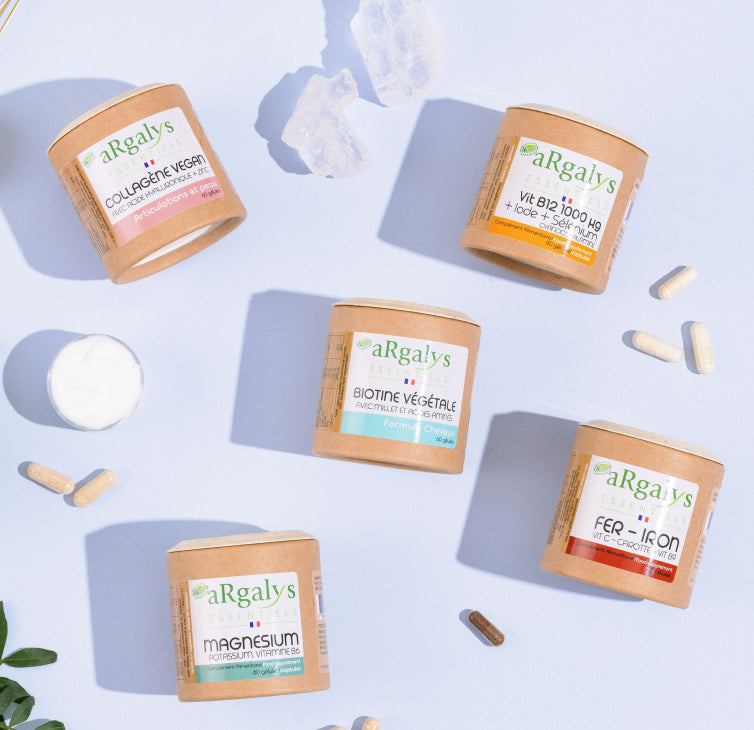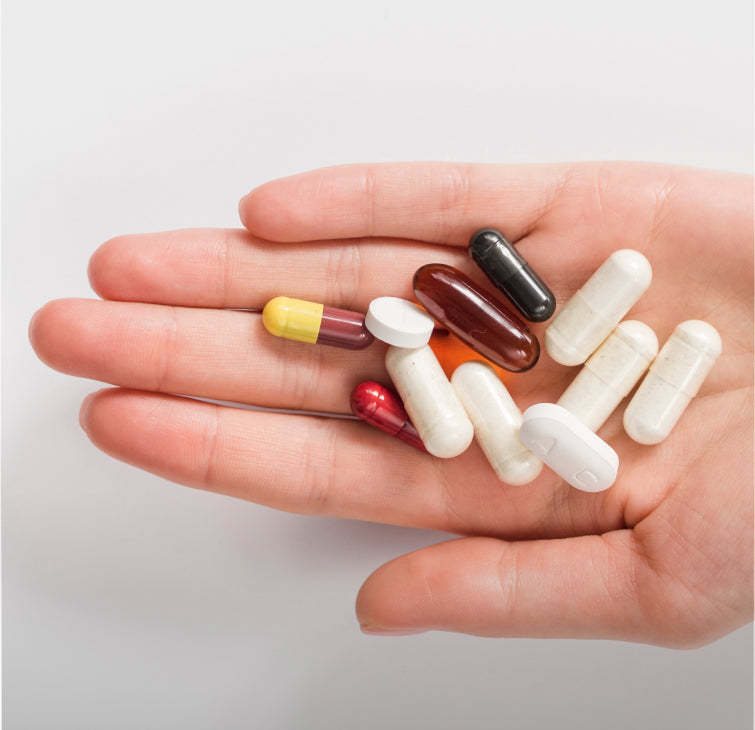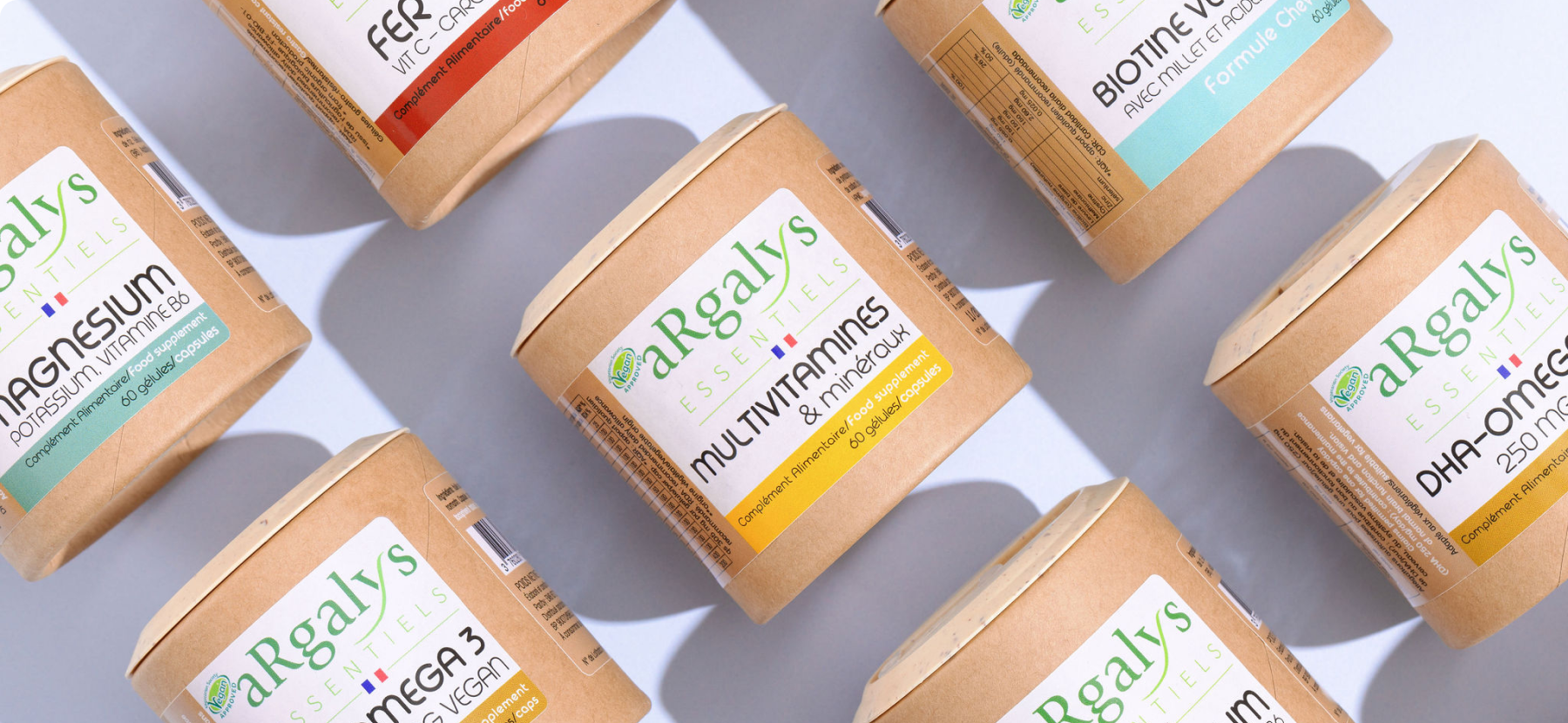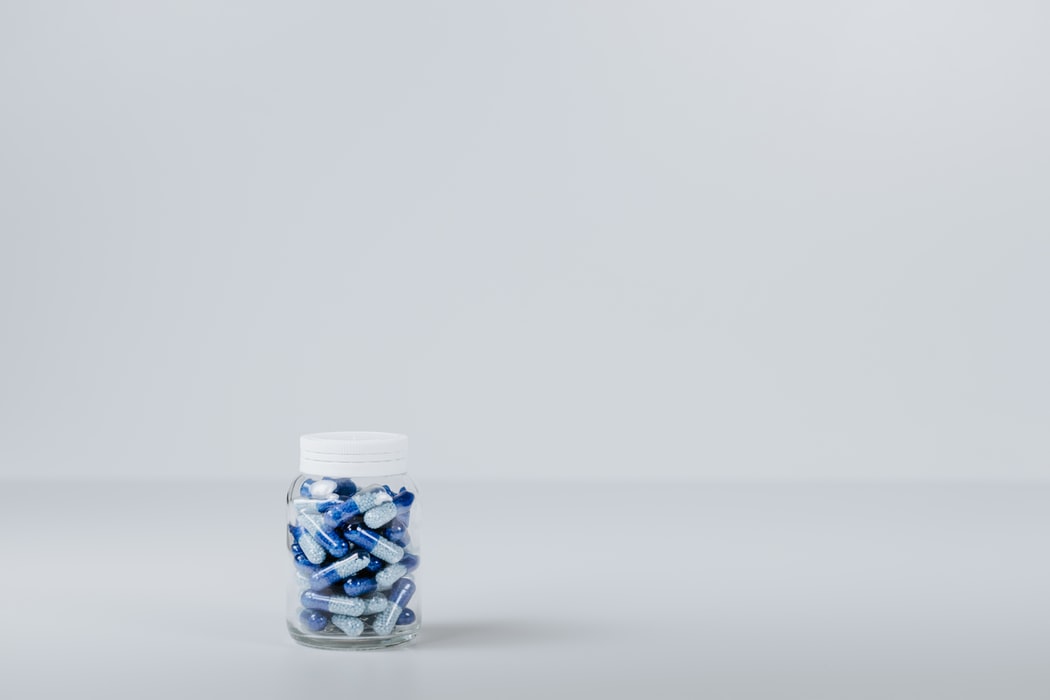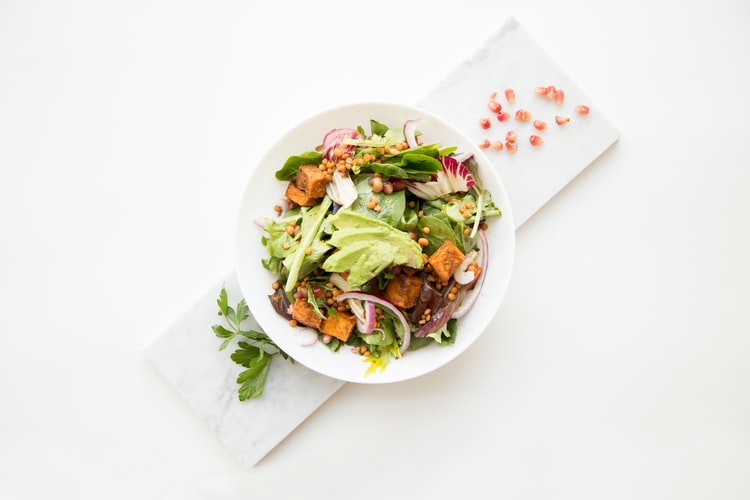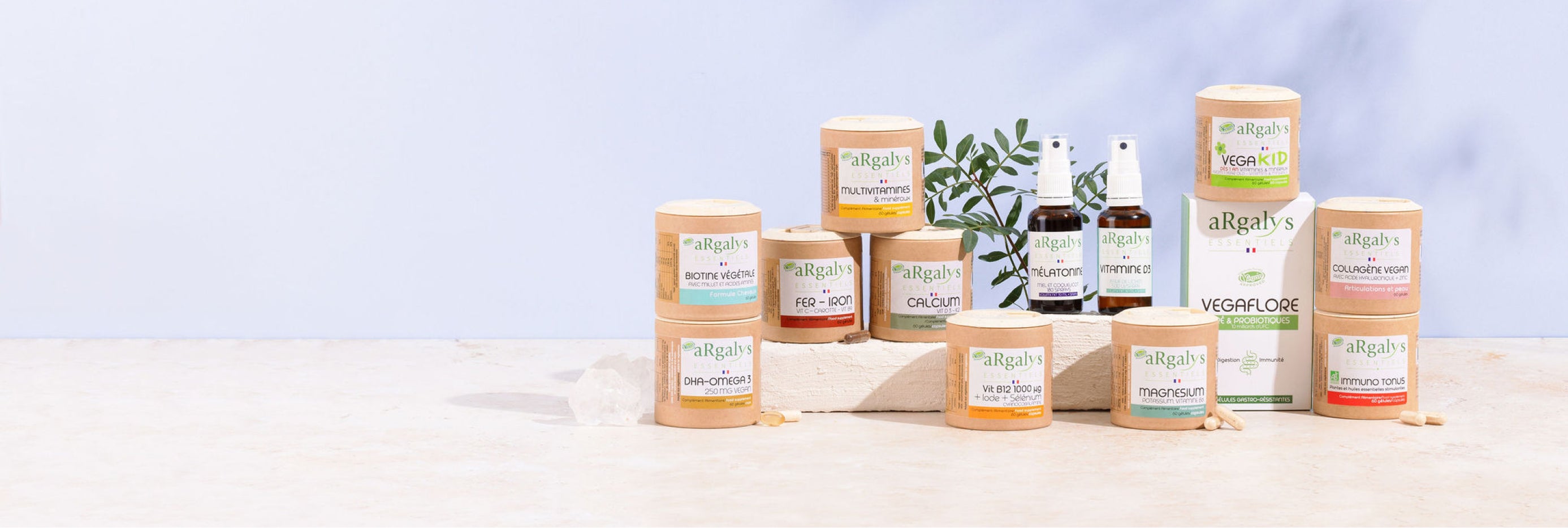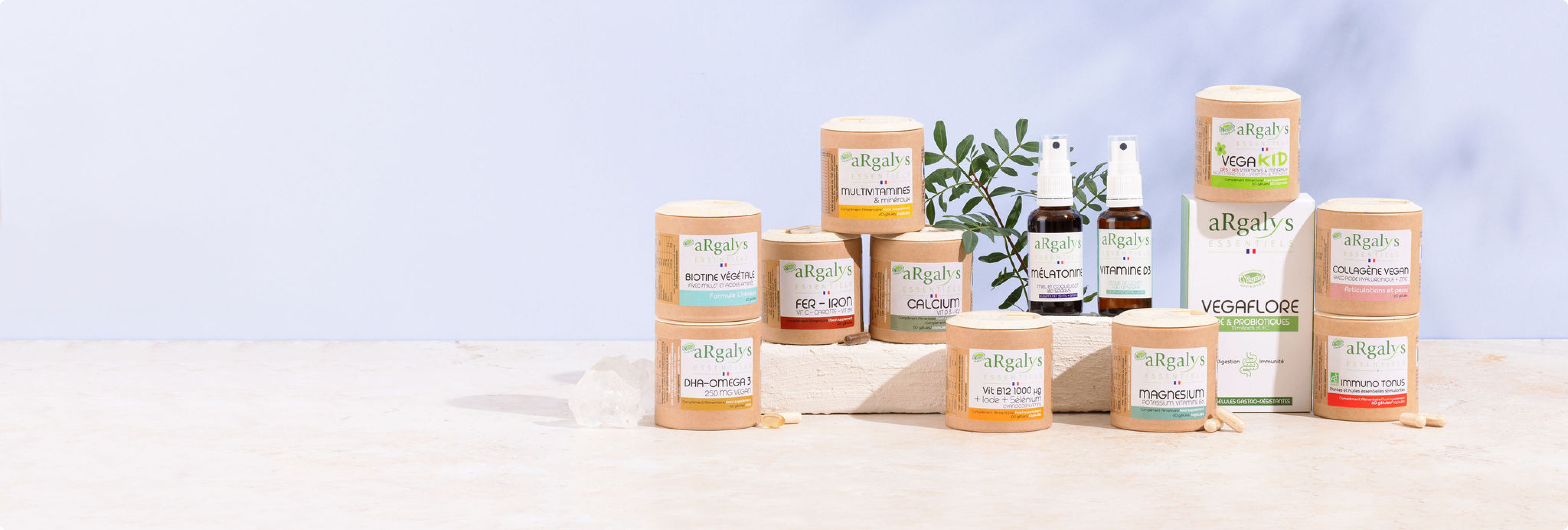Let's start by defining what sport is.
Sport: “ A range of diverse physical activities which have in common: the use of the cardiovascular system and the repetition and/or duration of efforts . »
In this article we will deal with the nutritional management of long efforts, reasoning on a constant muscle mass: without gaining protein mass.
There will be little talk of protein today, apart from the brief mention below, but of energy and recovery.
The protein and muscle mass aspect will be addressed in a future article.
A quick reminder about proteins and endurance sports
Muscle mass is essential for a minimum of success or even a must in certain sports where physical power is a major asset: do not risk yourself in a rugby scrum if you do not reach the quintal (and again, we do not guarantee your integrity at the exit).
Gaining muscle is even a goal for many practitioners of different bodybuilding styles.
Note that to gain muscle mass, intakes must be greater than 1.5 grams of protein per kg of weight/day, possibly with additional intakes of specific amino acids.
Branched AA (BCAA in English): Leucine, Iso Leucine and Valine are very popular for this purpose, even if their real contribution is often uncertain.
For the remainder of this article, we will consider that our athlete seeks to maintain his muscle mass stable.
In the context of long-term efforts, priority must be given to the production of aerobic energy and the improvement and management of recovery.
The repair of tissues damaged by physical effort is a medium-term concern, essential for the good management of a season but having no direct influence on a one-off effort, even if it takes a little long. (For this, we aim to cover protein maintenance needs, with an additional safety margin of + 20/40%, i.e. 1 to 1.4 grams of pure protein per kg of weight/day: 70-80 grams for a weight of 70 kg. For Vegans: +40%).
We will now look at strategies for producing energy for a long time and having good recovery after exercise.
Rule #1: Why hydrate when doing sports?
Water is the solvent for 95% of the body's biochemical reactions.
During exercise, water directly participates in 3 fundamental mechanisms:
- energy production
- elimination of toxins
- heat regulation
Any lack of water in the muscles results in a rapid decline in performance. Water must be constantly available during exercise. It is preferable to have regular intakes of water (every ¼ hour of 50 to 200 ml depending on the estimated expenditure) so as not to overload the stomach.
In hot conditions, the risks of dehydration and immediate drop in performance are common because water losses can be greater than the body's absorption capacity.
The solution ? Anticipation.
The good strategy for preparing for a long effort in hot conditions is to anticipate as much as possible with good hydration 2 to 3 days before.
For efforts lasting more than one hour , mineral losses must also be compensated.
Choose enriched hydration!
Take water enriched with sodium bicarbonate or with more complete mineral intake. You can also provide carbohydrate energy (mix of slow and fast sugars such as malto-dextrin for example), especially if you do not have ketogenic training.
After exercise, continue to rehydrate and remineralize yourself to promote good recovery and detoxification (see rule no. 4).
Rule #2: The importance of oxygen and breath
Oxygen is essential for the production of energy by the body ( see Krebs cycle and lactic acid ). The more oxygen we absorb, the longer we will have energy.
This also explains why people with significant muscle mass perform less well during long efforts : for the same quantity of inspired oxygen, their muscles receive less oxygen per gram than those of more slender athletes.
VO2max quantifies the aerobic potential specific to each individual: it is the maximum quantity of oxygen that the body is capable of extracting from the air, then transporting to the muscle fibers during exercise.
This capacity depends largely on innate characteristics (capacity of the cardiovascular system, activity of cellular mitochondria) but also progresses with training.
Rule No. 3: Recovery after sport: our advice
Immediately after exercise, the priority is to eliminate toxins, rehydrate and begin to replenish your stock of vitamins and minerals. Even better: take advantage of it to lower the acidity of the body.
The drinks
The basis obviously remains to drink water.
Choose water that is well mineralized and rich or enriched by you with sodium bicarbonate. This will decrease acidity and help replenish your Sodium reserves.
But remember to exclude sodas which will acidify the body.
Food
A few fresh fruits are enough at first.
It is best to wait until you are properly rehydrated before having a real meal (wait an hour).
This also allows the body to relax: you will digest better.
For this post-exercise meal, choose slow sugars: pasta, rice, etc. and fresh fruits and vegetables (don't forget the salt, you can afford it).
Muscles emptied of their glycogen will take advantage of this to recharge with digestible foods that are easy to assimilate.
Protein can even be optional or in small amounts if you think it's burdening your digestion.
The body has been under stress for a long time. It is better to spare it, by eating light unless another intense effort is planned again the next day: in this case it is necessary to include proteins, slow sugars, lipids and minerals on the menu so that the stocks are replenished.
Rule No. 4: Choose your diet wisely.
Physical performance depends on the body's ability to produce energy, from several sources depending on the duration and intensity of the effort.
| Energy availability | Duration of effort | Fuel | Need for oxygen | Power delivered |
| immediate | One minute | Simple (fast) carbohydrates | No | strong |
| After a few minutes | Depending on reservations, a few hours | Complex (slow) carbohydrates | Yes | average |
| After several tens of minutes | Very long | Lipids | Yes | moderate |
This table helps us understand the suffering endured by 400m athletes.
The effort is maximal and lasts a little less than a minute , mainly anaerobically with the use of simple carbohydrates which produce a large quantity of energy quickly but in return with the production of a very toxic waste: acid. lactic acid which paralyzes their muscles in the last meters of the race . This powerful fuel does not allow the body to function for long.
Long-term efforts largely use lipids for energy production . This explains the thinness of marathon runners or cyclists who 'hit' their fat stores.
Slow sugars or lipids: two strategies that work for long efforts.
Eating pasta before long events is a well-known ritual.
The goal is to store glycogen in the body to promote energy production.
During exercise, the athlete can consume special drinks which provide, in addition to water and minerals, malto dextrin type carbohydrates (i.e. approximately 20% fast sugars to immediately combat cravings and 80% starch to produce energy for longer).
Malto dextrin comes from a partial hydrolysis of starch and many athletes prefer more natural and less processed foods: this is possible, in particular by improving the use of lipids.
The new trend: the ketogenic diet
The ketogenic diet , based on providing energy mainly through lipids , rather than slow sugars ( carbohydrates ), has been trendy for several years, including among very high level athletes (Tour de France etc.)
It involves changing your diet by reducing carbohydrate intake and increasing the proportion of lipids: oils and fats.
The benefits of the ketogenic diet?
Less cellular inflammation, better use of oxygen, better blood sugar control and fewer gastric problems during exercise.
Please note, however: An increase in the acidity of the body and a need for higher consumption of water and minerals: calcium, potassium and magnesium in particular.
The ketogenic mechanism is not immediate: it takes several weeks for it to take effect after adopting the diet. For Omnivores, there are multiple sources of lipids, but for Vegans, intake is limited to oils and oilseeds, which may be insufficient or off-putting.
Consequently, we offer them a mixed strategy: since the body can use different fuels provided it is trained to do so, you just need to prepare yourself for it.
Train your energy systems for optimal use of carbohydrates and lipids, especially for Vegans. The easy method to adopt.
In terms of food:
Phase 1 (at least one month before the competition): reduce carbohydrate intake to favor foods with an increased lipid content. The diet primarily includes green vegetables, oils and oilseeds, a little fruit, rice and pasta.
In these conditions, during training, do not fear, or even look for, hypoglycemia to force the body to use its lipids. You should notice an increasing adaptation to the effort in a few weeks because you will use your body fat better, which also reduces your fat mass: it's a virtuous circle.
Phase 2 : when the ketogenic engine is well established, it is possible to reintroduce carbohydrates (fruit, rice, pasta) into the diet. Your body will be able to take advantage of the two sources of energy at its disposal.
Note: the method described above does not appear in the usual sports nutrition recommendations which instead advise opting for one or the other diet. It comes from the practice of the author who tested it during his cycling outings, we will obviously be very interested in your feedback on this subject.
And Argalys Essential Products in all this?
We have always paid particular attention to sports nutrition when designing our food supplements.
We have developed food supplements for all consumers (vegan certification) and are also suitable for experienced athletes or beginners:
- Our Multivitamins and minerals have a very broad spectrum and offer you 100% of the NRVs, for vitamins B12, D3, A, E, K1, B1, B3, B5, B6, H and minerals: Iron, Zinc, Iodine, Selenium , Molybdenum, Chromium, Manganese. It does not contain Vitamin C because we prefer fresh fruit*. It is an ideal supplement for covering vitamins and trace elements.
- Calcium + Vitamin D3 and Boron is dosed at 1/3 of the daily needs per capsule, which allows intake to be modulated with precision.
- Vegaflore combines Pre & Probiotics , also in gastro-protective capsules to protect bacteria from stomach acidity. A quarterly treatment is a good way to ensure optimal functioning of the intestine.
*For vitamin C: fresh fruits and vegetables for the first, dried fruits, nuts and almonds for the second are the best sources. Otherwise, it is easy to find supplements on the market.
We strongly advise everyone to consult a nutritionist or dietitian to establish a program consistent with your food tastes and your performance goals. Don't let doubts arise and have the reflex to consult a professional to set up your nutritional program. You will be a winner.
We hope you enjoyed this article, don’t hesitate to ask us any questions and share your feedback with us.
To discover our products adapted to your consumption, go to our site !
Do not hesitate to join us on social networks to keep up to date with our news.
The Argalys team
 04 74 03 98 80
04 74 03 98 80
